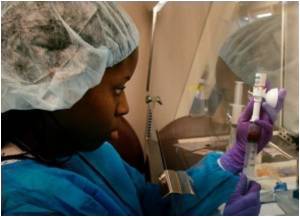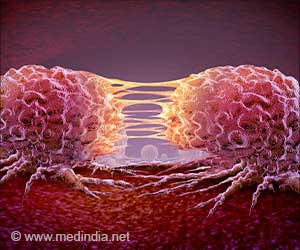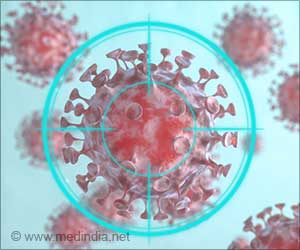
Alternative splicing allows genetic information to be assembled in different ways and is almost always controlled by DNA sequences that are immediately adjacent to the parts of a gene that code for protein. "In the case of the telomerase gene, we found that these controlling regions are located very far from the protein coding regions and that they contain unusual DNA sequences," said Dr. Wright, professor of cell biology and internal medicine. "Their unusual DNA structure suggests that humans regulate telomerase in a very different fashion that we may be able to exploit to develop inhibitors of the enzyme."
Most of the splice variants that telomerase makes are inactive, but Dr. Wright's team demonstrated that it was possible to shift the splicing to make even less active telomerase, potentially providing a new approach for cancer therapy.
Telomeres are specialized structures at the ends of each chromosome. As DNA replicates, telomeres shorten each time a cell divides. Telomerase in human cancer cells is 10 to 20 times more active than in normal body cells. The increase provides a selective growth advantage to many types of tumors. If telomerase activity was to be turned off, then telomeres in cancer cells would shorten like they do in normal body cells.
"The oft-used analogy is that telomeres are like the plastic ends of shoelaces that protect them from fraying," Dr. Wright said. "Once the plastic becomes damaged and falls off, the shoelace can no longer be threaded effectively. The only solution at that point is to throw the shoelace away."
In most tissues, telomerase turns off during development, after which telomeres shorten and limit the number of times a cell can divide, eventually losing their capping function similar to the shoelace tip falling off. This timing also functions as a tumor-protection mechanism, since the limited cellular lifespan prevents pre-malignant cells from accumulating the mutations they need to become cancerous.
Advertisement
Dr. Wright said the alternative splicing method also could be useful for regenerative medicine, because telomeres in our stem cells shorten with age and that eventually compromises their function. "Under the right circumstances, increasing or decreasing telomerase activity could profoundly affect our treatments for both cancer and aging," he said.
Advertisement














